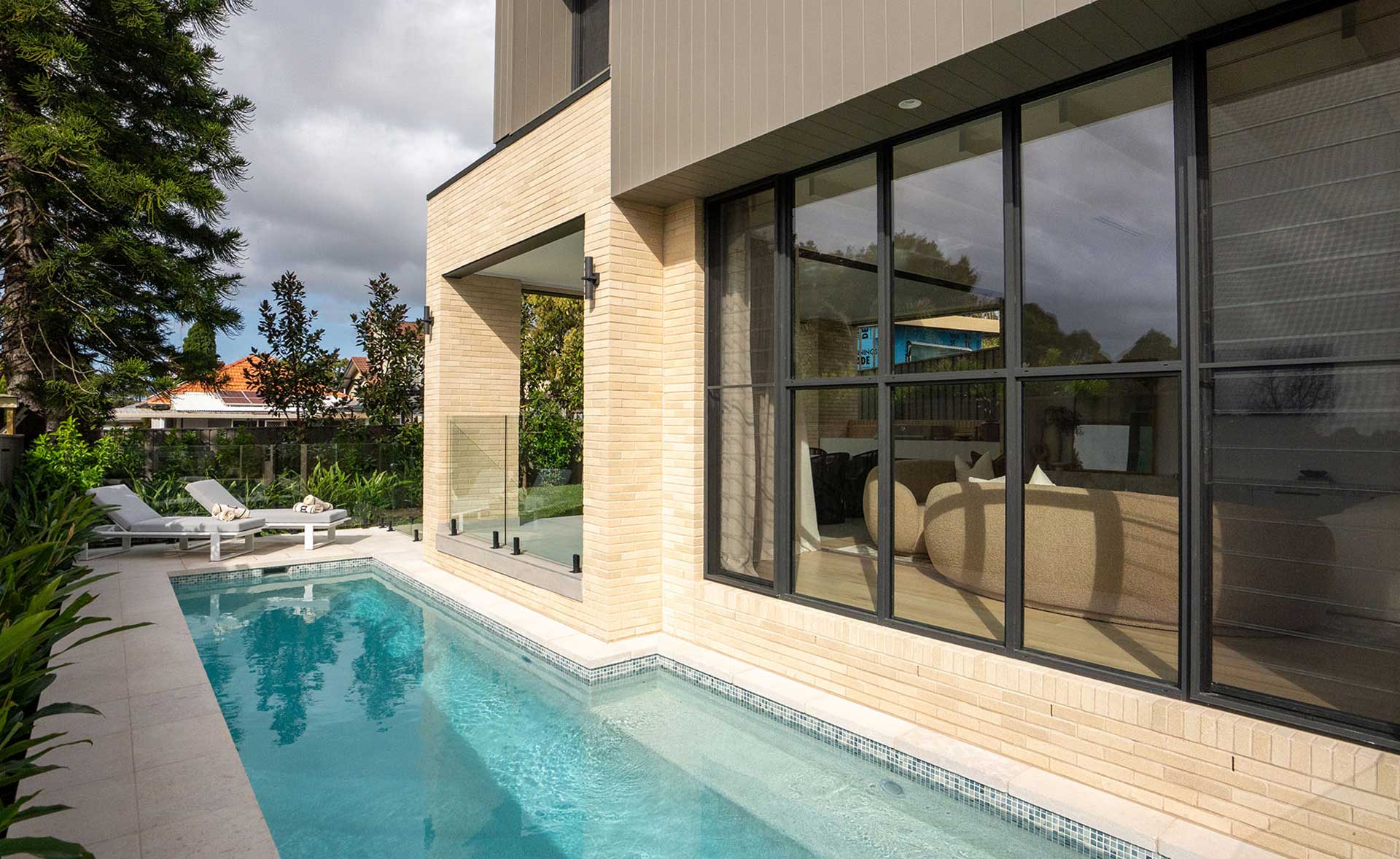Hall & Hart: Energy Efficient Homes Can Be Affordable

Written By
Nick Rawson

Hall & Hart explore how making eco-conscious decisions can save you money in the long run. Think long-term and embrace the affordability of sustainability.
There has long been a common belief that building an energy-efficient home will inevitably cost more than constructing a conventional one. However, it's time to dispel this myth.
In reality, the cost of building a sustainable home is often misunderstood because some of the most impactful sustainability choices don't have to be expensive. Hall & Hart explore how making eco-conscious decisions can save you money in the long run.
Design for Site Orientation:
Designing a home in Sydney is both an exciting and a challenging journey. One crucial step is getting the orientation right. Properly orienting your home on your block can maximise natural light and airflow, reducing the need for artificial heating and cooling. This not only makes your home more comfortable but also slashes your energy bills.
Embracing the natural elements through thoughtful design is a cost-effective way to enhance sustainability. By leveraging Sydney's climate, you can design an energy-efficient haven within various areas of your home, whether they face north, south, east, or west. Below are some general guidelines
North
- Main living areas get maximum natural light during the day, reducing the need for artificial lighting, leading to energy savings.
- During the winter months north facing rooms receive more direct sunlight which can help heat the interior of the homes, reducing the need for heating systems and saving on energy costs.
- Incorporating thermal mass materials (like concrete or tile floors) inside these area can capture and store heat during the day and release it slowly at night, maintaining a more stable comfortable indoor temperature.
South
- South facing sides are generally colder and receive less direct sunlight.
- It’s best practice to place garages, non-living spaces and less used areas such as hallways and storage rooms on the south side of the house.
- Minimise the number of windows on the south side to reduce the potential for heat loss during winter.
East
- Benefit from the morning sun and remain cooler during the night, especially in summer creating a more comfortable environment – ideal for bedrooms, kitchen, dining and living areas.
West
- West facing rooms need to be well insulated to minimise heat gain and provide effective cross-ventilation to allow for a breeze in the late afternoon.
- Ideal for outdoor living areas spaces like decks and alfresco where you can enjoy the afternoon and evening sun – pleasant for outdoor activities and entertainment. It is important to use shading devices and Low-E windows to help control heat gain and energy efficiency.
Efficient Glazing and Lighting:
Selecting energy-efficient windows and strategic placement of glazing can help maintain indoor temperatures and reduce the reliance on heating or cooling systems. Additionally, choosing LED lighting and other efficient fixtures can significantly lower your electricity consumption without breaking the bank.
Appliances Selection:
When it comes to home appliances, choose energy-efficient models. These may have a slightly higher upfront cost, but they consume less energy and have a lower environmental impact. Over time, the savings on your energy bills will more than compensate for the initial investment.
Roof Colour:
The colour of your roof may not seem like a big deal, but it can impact your energy efficiency. Light-coloured or reflective roofing materials can reduce heat absorption, leading to a cooler interior. This means less reliance on air conditioning during hot summers, ultimately saving you money.
Consider the Return On Investment Period (ROI):
One crucial aspect that people often overlook is the concept of the ROI period. When you invest in energy-efficient features, you may incur higher initial costs, but these investments are designed to save you money in the long term. It's a trade-off between paying more upfront or paying more over the life of your home.
Financial Benefits of Energy Efficiency:
The most significant financial ROI in your custom build project will come from your investment in energy efficiency. By minimising energy consumption, you reduce your ongoing utility bills. Additionally, if you generate excess energy, some providers allow you to sell it back to the grid, creating an additional income stream. In this way, an energy-efficient home can make you money over time.
Building an energy-efficient home doesn't have to be more expensive than building a standard one. In fact, with thoughtful planning and sustainable choices, you can enjoy significant cost savings and even financial benefits in the long run. It's essential to look beyond the initial investment and consider the return on investment period, as an energy-efficient home is an investment that pays off over time. By making wise decisions regarding site orientation, glazing, lighting, appliances, and roofing, you can create a comfortable, eco-friendly, and financially sound living space. So, if you're planning a new home, think long-term and embrace the affordability of sustainability.
Journal




.jpg)

